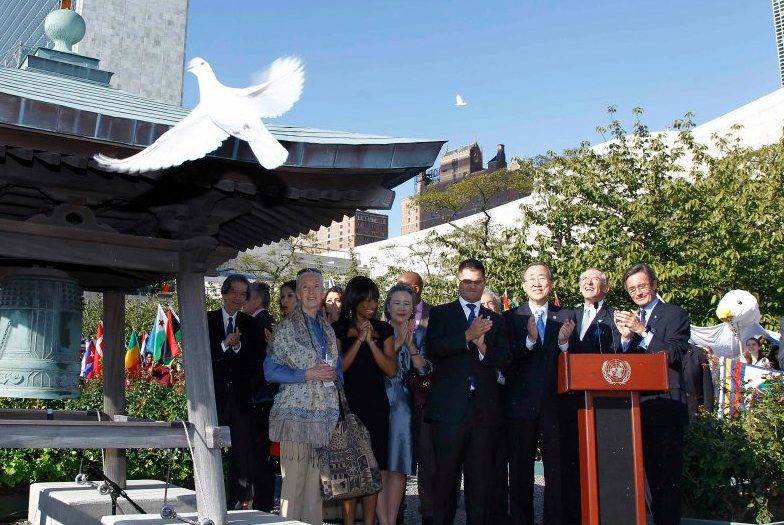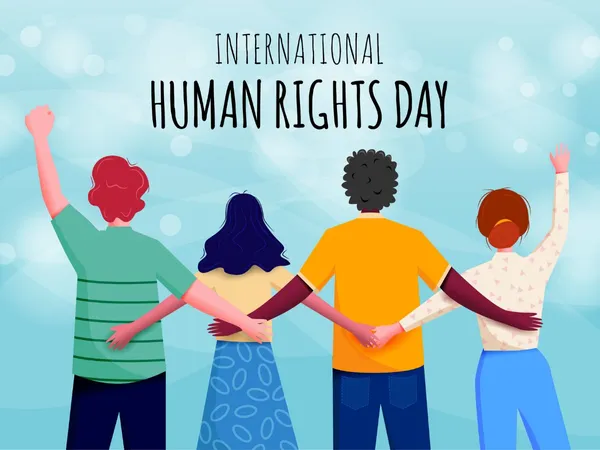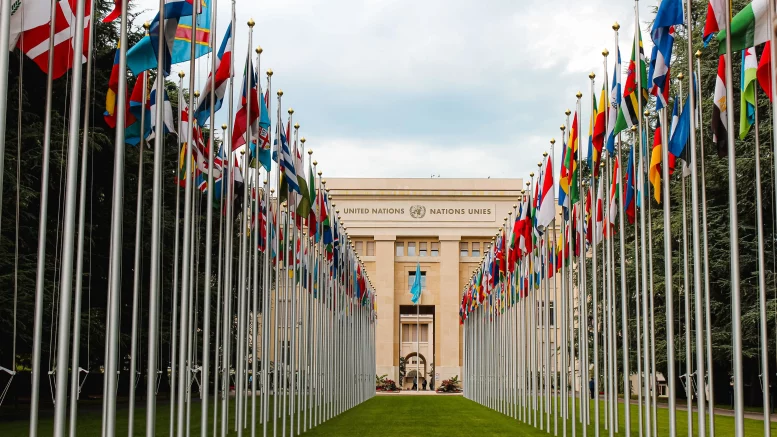September 13 is an important date dedicated to the celebration of the adoption of the UN Declaration on the Rights of Indigenous Peoples. This significant document, created to protect the cultural, linguistic and traditional values of millions of people around the world, was adopted in 2007. The Declaration affirmed the right of indigenous peoples to preserve their unique identity and became a key step in the recognition of their rights in the international arena.
A Breakthrough in History: The UN and the Protection of Indigenous Peoples’ Rights
The UN Declaration on the Rights of Indigenous Peoples covers many aspects of the lives of these communities. It affirms their right to self-government, as well as to preserve their language, cultural values, customs and traditions, and provides protection from discrimination and oppression. Currently, approximately 476 million people belonging to indigenous peoples live in 90 countries around the world. Unfortunately, many of them continue to face harassment and restrictions in access to education, health care and economic opportunities.
An example is the situation of indigenous peoples in Australia, where the Aborigines, despite their recognized cultural significance, have long been deprived of equal rights. In recent decades, thanks to international efforts and national programs, measures have been introduced to preserve their cultural traditions and promote social and economic well-being.

Cultural diversity and its protection
The Declaration highlights the exceptional contribution of indigenous peoples to the world’s cultural diversity.
With their rich cultural heritage, languages and traditional knowledge, they play a key role in maintaining and preserving biodiversity and sustainable development. For example, the peoples of the Amazon in South America have lived in harmony with nature for thousands of years, and their knowledge of ecosystems has become an integral part of forest and wildlife conservation.
Indigenous peoples often become the guardians of ancient traditions and knowledge that can help modern society combat climate change and environmental crises. For example, the Inuit of Canada have unique knowledge of marine animal behavior and glacial processes, which helps scientists better understand the climate changes occurring in the Arctic.

Indigenous Peoples in the Modern World: Challenges and Struggle for Rights
Although the declaration has been adopted, many indigenous peoples continue to experience discrimination and violations of their rights.
For example, indigenous peoples in Latin America often face threats from mining and agricultural companies that develop their lands without regard for the views of local communities. This leads not only to the destruction of nature, but also to the loss of important elements of cultural heritage. Another serious problem is the disappearance of languages. There are about 7,000 languages in the world, and about 40% of them are on the verge of extinction. Most of these languages belong to indigenous peoples. It is important to note that the loss of language often indicates the loss of unique knowledge and cultural traditions passed down from one generation to the next. The adoption of the UN Declaration on the Rights of Indigenous Peoples was a significant achievement in the process of global recognition and protection of the world’s cultural diversity. However, much work remains to ensure that these rights are actually respected. It is important that the international community continue to support indigenous peoples, helping them to preserve their identity and participate in solving global problems.

